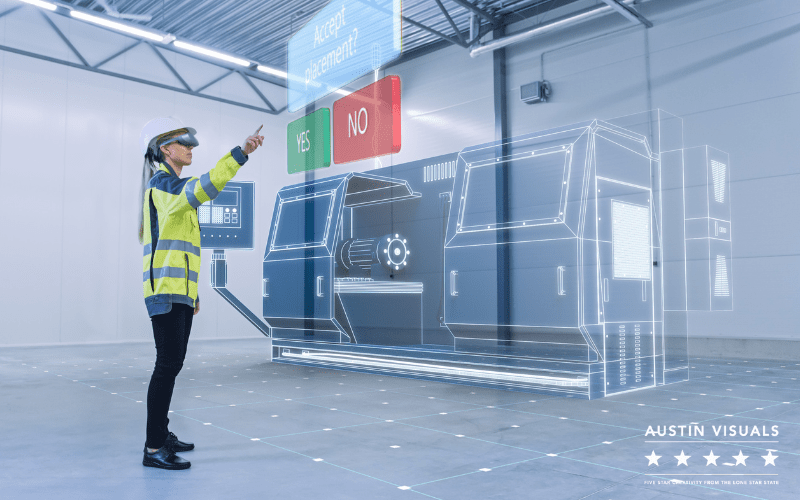
The Different Stages of Animation
Before beginning to create the animation, it is essential to understand the different stages of animation involved in the production. The key is to have realistic expectations of the outcome. Early pre-production will save you money in the long run, so don’t wait until the last minute. Using the right pre-production techniques can make the difference between success and failure.
Storyboarding
When creating a storyboard, you must consider several factors. First of all, you must identify the major scene(s) of your animation. Each scene should have a specific description. This will help you and your clients visualize the scene. Also, it will help you eliminate any unnecessary in-betweens.
Storyboarding is not only important for animators, but for live-action filmmakers as well. The use of storyboards can help directors identify the best shots and determine which ones require the most money. It will also help you plan the timeline and budget of your production. Once you have a storyboard, you can create an animation that is more visually pleasing and engaging.
The storyboard should be detailed, indicating each shot. Moreover, it should be numbered so that you can refer to it easily during production. It should also include notes and arrows pointing in the direction of the shot. As a storyboard is a rough draft, there may be revisions and additions needed. It is therefore important to seek the input of your clients and other team members.
Modeling
The Modeling stage of animation is an important part of creating animation. It involves creating realistic characters, environments, and props and is used to create the look of the animation. Modeling is often accompanied by compositing, which is a process that blends all the pieces together into one final rendering. It can also be used to add special effects to the animation, including environment creation and stage extensions. Finally, music composers work with animation to add a soundtrack.
The Modeling stage of animation involves the creation of 3D models for characters, backgrounds, and other objects. This includes studying topological and geometric aspects and creating realistic textures to represent the objects. Textures can be used to add color, shading, or other effects to the character.
Exposure Sheet
Exposure sheets are an integral part of the animation production process. These documents help the animators keep track of the drawing order, timing, and levels. Each studio’s exposure sheets are unique, but they usually have the same basic elements. The exposure sheet provides a visual guide for the animators, and helps them work efficiently and smoothly.
An exposure sheet lists the details about the scene, including the number of frames for each scene, the action, dialogue, and the camera field of view. The exposure sheet may also contain notes for the animator, such as how to properly expose the cells.
Key Animators
Key animators are the people responsible for laying out and providing timing for keyframes. They also create a timing sheet for in-between animators to work from. They must have a detailed knowledge of the scene in which they will work to determine the in-between frames necessary. In addition, they must plan out the scene and layer each cel, identifying each frame with a number.
Key animators help to define the main characters, guide junior crew members through pre-production and determine how the action will be performed. They also work with model makers and riggers to ensure the proper motion for each puppet. They are responsible for defining pivotal points in the story and for defining the motions without ever seeing the final cut. In addition to their role in defining the overall character movement, key animators are also responsible for the style of the animation.
Cost Of Late-Stage Changes
Late-stage changes in animation are costly and affect many different points in the production. To avoid them, it’s important to plan ahead of time and allocate your budget wisely. The more funds you have available for the initial stages of production, the better prepared you’ll be for later stages.
The first and most important step is pre-production. This is the time when your client will give you feedback and input on what they want. Changes made during pre-production are easier to make and can often have a lesser impact on the schedule and budget. It is therefore vital to communicate with your client early so that you can make changes when necessary.





